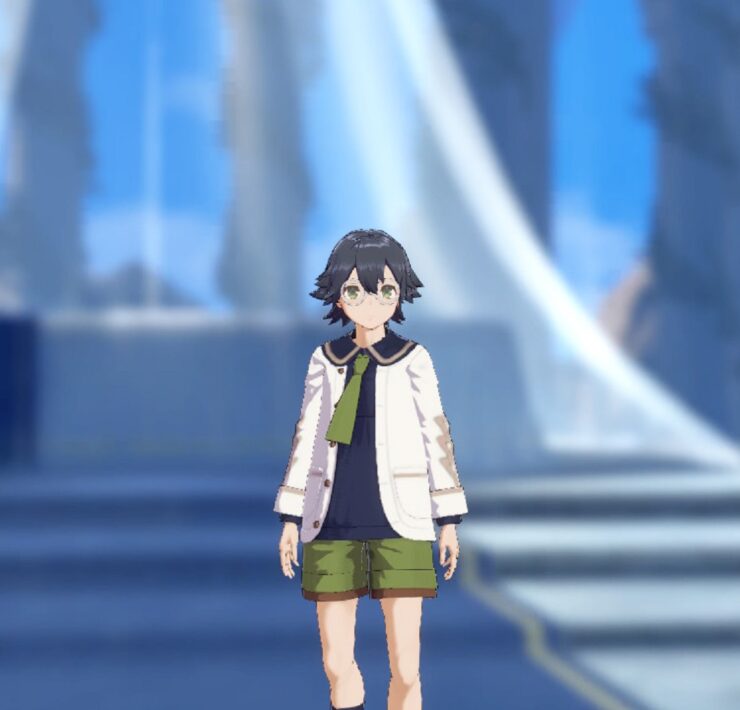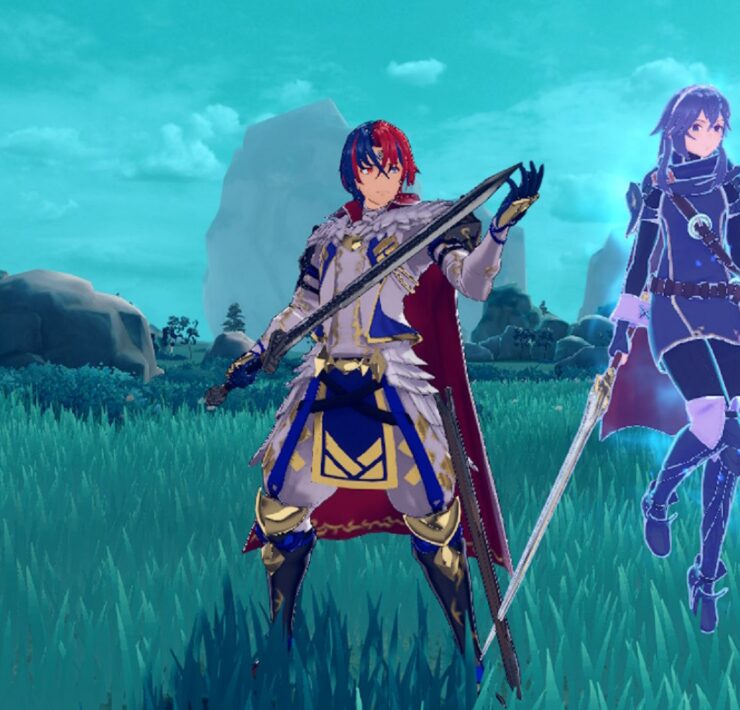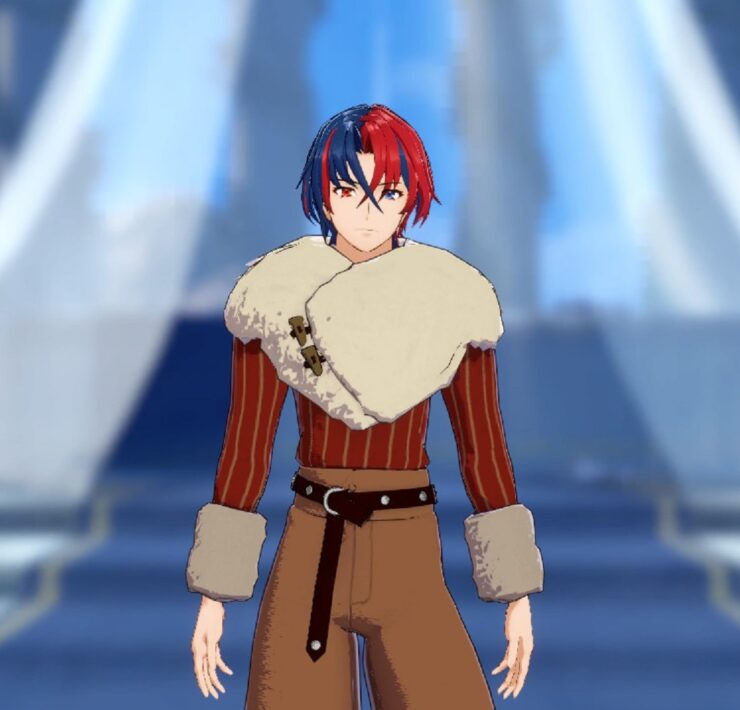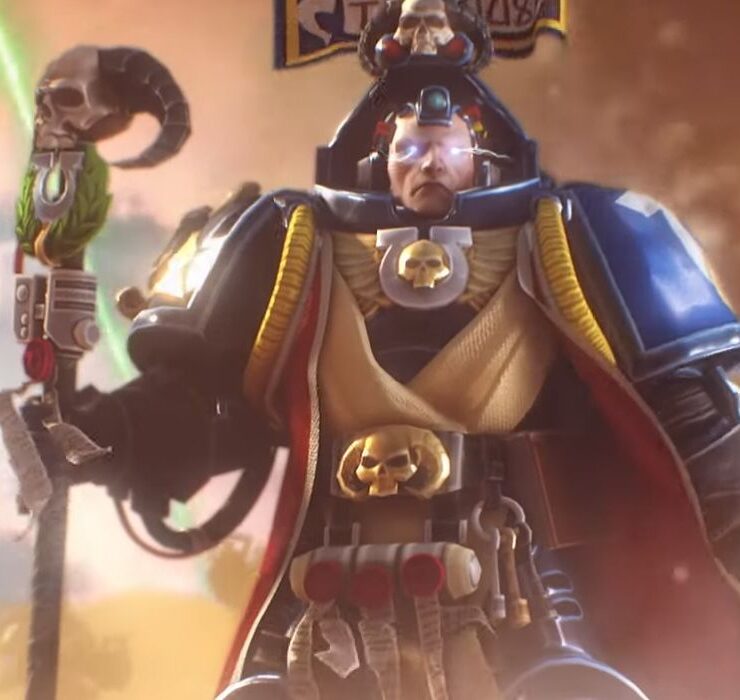Female Representation in Nintendo Games
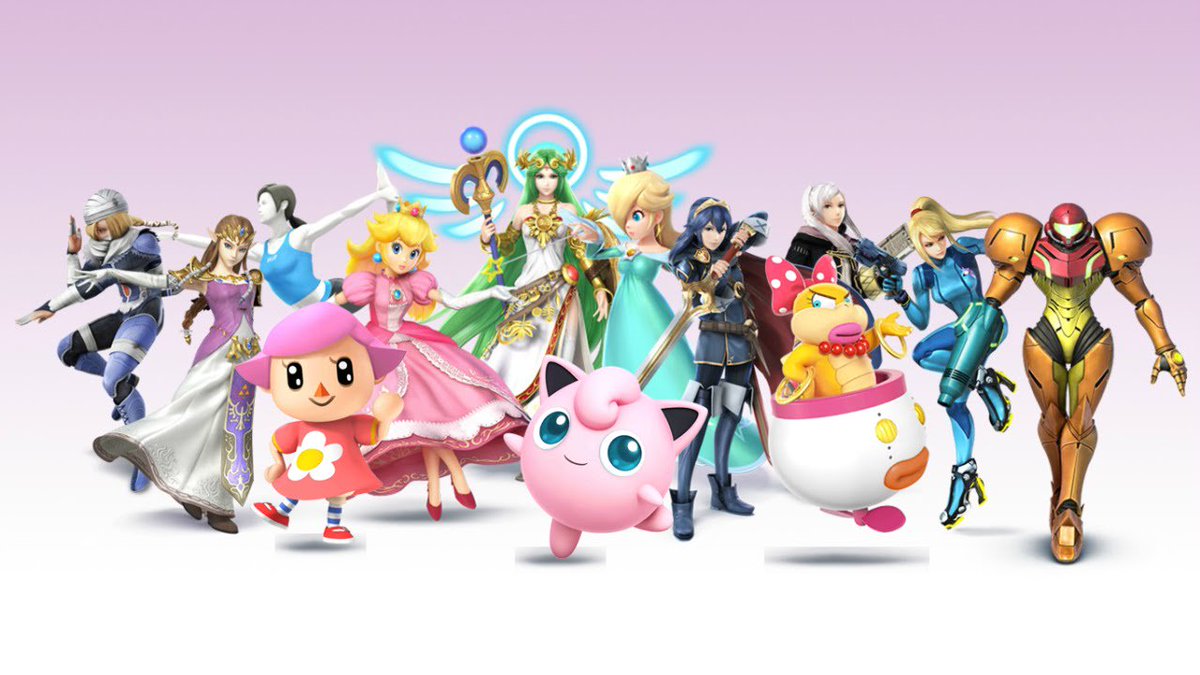
The fight for healthy and decent female representation in video games has been a constant one for years. And while recent global statistics place the ratio of male to female gamers at an almost 50/50 split, the fight continues. It should be taken for granted that, especially if the gaming community is made up of 50% women, there should be fair and equal representation for women in video games, but the world isn’t so kind, with aggressive and insecure male gamers gating off the community out of spite and sheer sexism, and video game publishers designing characters, stories, and even advertising campaigns towards what they believe to be their ‘core demographic’ of men and boys.
Nintendo falls into an intriguing niche in amongst all of this. The company, both as a software developer and hardware manufacturer, has stuck to its guns when it comes to providing a focus on the games, rather than marketing a box that does Netflix, plays Blu-rays, and so on. Their focus on the game and the gamer, combined with their iconic colour-soaked, vibrant, and adventure-filled games has meant that they have always been associated with universality. Their games are for young kids as well as adults. They’re for everyone. But are they for women as much as for men? Can we see this in their stories and their protagonists?
Before we get deep into this, I should address the elephant in the room by saying that, as a cisgender man, I am not qualified to (and nor would I wish to) speak for the female gaming community. In an attempt to find fairness in all this, I recruited my partner, a woman who plays video games religiously, to provide research and opinions for this piece.
The Women of Nintendo
We’re going to look primarily at the three most famous women in Nintendo’s roster of iconic characters: Princess Peach, Princess Zelda, and Samus Aran. Two princesses and a space-faring bounty hunter. That’s quite an immediate contrast, isn’t it? Which only grows more complex when we consider that one princess is a feature of her game series, while the other, Zelda, is the character for whom the series is named (even when she isn’t in the game). Is there balance here? Are these women inspiring? Are they good role models? Are they women that encourage female gamers to feel welcome and accepted within the community?

Now, it is worth mentioning that these criteria are not definitive, and that they don’t always apply to male protagonists. Mario, for example, is a bit fat, and it could be argued by any devil’s advocate that he encourages gluttony. Other, more hyper-masculine characters like Marcus Fenix present an unreasonable physical and emotional archetype for men to aspire to. But men have a far broader spectrum of protagonists to be inspired by, from Cloud to Nathan Drake and a thousand more in-between. And where Nintendo is concerned, Mario is still a hero. He is a super-powered, princess-rescuing, Bowser-beating good guy. He is still inspiring. The question is: can we say the same for Nintendo’s women?
Princess Peach
Before there even was a Princess Peach, there was Pauline: a damsel in distress who needed rescuing from Donkey Kong in a bold homage to the story of King Kong. Pauline eventually morphed into Princess Peach as the Mushroom Kingdom came into being. So, what we have now is a surreal fantasy world of colourful and strange characters ruled over by a pink-clad, squeaky-voiced princess whose kidnapping and subsequent rescue has become tradition in the Mario franchise.
It’s not unreasonable to call Princess Peach a MacGuffin of sorts. She is the end goal; she is the coveted prize; she has, in the past, demonstrated as much agency and autonomy as a treasure chest. And, if a treasure chest doesn’t make for an inspiring role model, then neither does Princess Peach.
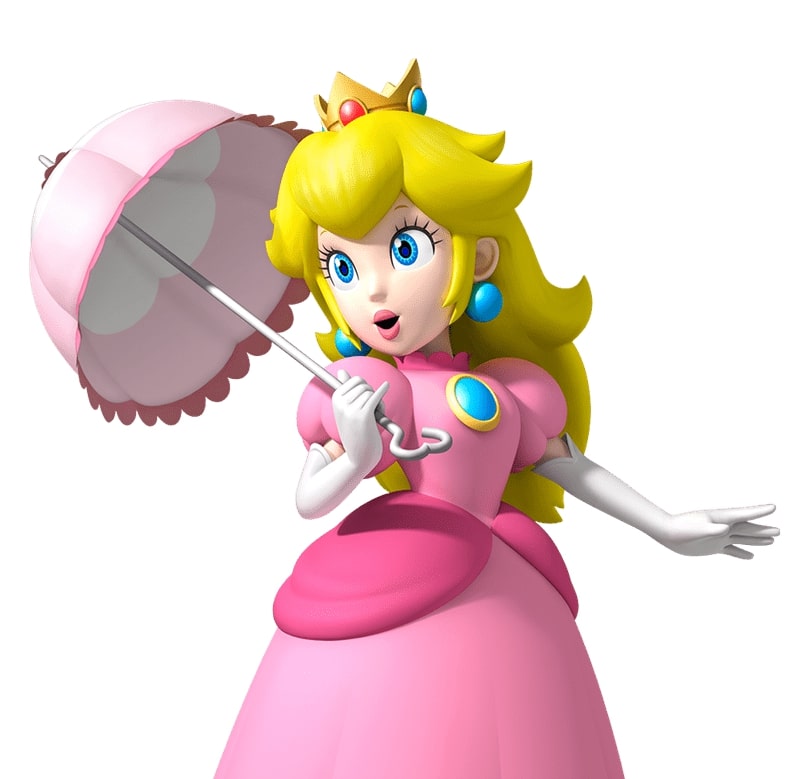
Things have changed in the Mushroom Kingdom, however. Super Mario Galaxy introduced Princess Rosalina, a woman of godly energy: your guide and mentor in this new and mysterious interstellar world. Rosalina is a kind, supportive woman with power and authority. She tells stories; she is wise and knowledgeable; she is supportive and honest. Far more than Peach had been up until this point, Rosalina was at least a fully realised, clearly defined woman. Ultimately, however, she was still a support character, and one that amounts to little more than a mother or a teacher. Mario is still our hero.
The Princess Peach of Super Mario Odyssey did change things up in a wonderfully surprising way. While the game initially follows the formula of helpless and weak Peach being kidnapped and forced into a wedding, with only her plumbing saviour to help her, it ends on a very different note. After defeating Bowser, Cappy is reunited with Tiara; she is overjoyed and grateful to be rescued. Peach, however, is confronted by two boys vying for her attention and affection, and she chooses instead to reject them both. She does not owe Mario her love; that is not a prize she has to give. And Mario is left looking as stupid as Bowser does. This is a powerful moment that is followed up by Peach packing her bags and heading out on holiday with her new friend Tiara.
It’s undeniable that we have seen progress in how Peach has been presented in the mainline Mario games. A personality has certainly been carved out, and this final five minutes of the Super Mario Odyssey story is a truly inspiring one. But for a character who has been around for decades to only get five minutes of truly fantastic writing is a real shame (though she has admittedly shone brightly in other games, such as the Paper Mario franchise, and she did get her own title on the DS: Super Princess Peach).
All of this said, we still deserve a good female protagonist in the Mario universe. Right now, we have a cast consisting of two brothers, two mischievous opposites, one male villain, his son, a male dinosaur companion, and two princesses, one of whom is barely seen nor given any agency, and the other still ultimately remains a MacGuffin. Isn’t it time for Mario to have a sister? Or for Peach to shine in a proper mainline Super Mario title in a larger way than just getting a spin-off? The answer to both is yes.
Princess Zelda
As for Zelda, things get a little more interesting. She is our titular character. She has seen multiple iterations as the Zelda franchise gets reinvented, with perhaps the most extreme and interesting Zelda being the one seen in Wind Waker: the girl we first meet as the pirate captain Tetra. Thanks to Tetra, we were blessed with a tough, independent, autonomous Princess Zelda years before we ever really saw Peach be inspiring.
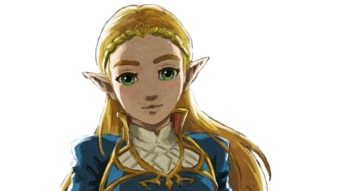
Zelda is a decent character. She is strong and wise and cunning. She has agency. There’s a lot to be said for her. So then, why is she never playable in the mainline Zelda games? Only recently have we been able to take control of her, and never in a main game. The Hyrule Warriors series and Cadence of Hyrule both allowed for players to take control of Zelda and, to the surprise of nobody, she turned out to be a badass. Zelda has always been a badass, and most of us recognise that. She has more personality than our mute protagonist, so give us a Zelda to play as, Nintendo. Please.
Samus Aron
And so, we come to Samus Aran, protagonist and player character in the Metroid series of games. Famously, completing the original 1986 Metroid in under five hours rewarded gamers with the reveal that Samus was, in fact, a woman. This reveal changed nothing about her character. Samus remained a blank slate, personality wise. She was still a bounty hunter, equipped with sci-fi weapons and gadgets, and immense hunting and exploration skills. I hate to be that cynic but, if this reveal happened now, those YouTubers would turn red and pop. You know the ones.
Samus’ gender having nothing to do with her character is a bit of a double-edged sword. On one hand, it’s good that her being a woman doesn’t matter. She is a capable badass bounty hunter, and that’s the end of it. On the other hand, leaning into her being a woman with a more fully formed and polished personality would only be a good thing for women and men alike, allowing us to have a female protagonist to latch onto, learn from, and be inspired by.

The monkey’s paw curls, and we are offered Metroid: Other M by Team Ninja. Oh, dear. In this game, Samus’ gender is indeed intrinsically linked to her character and her story. Suddenly, her motivation is to impress her male superiors. Suddenly she is beaten down and belittled for being a woman. Suddenly, the independent, silent, stoic, and powerful woman protagonist is gone, and what she is replaced by is anything but inspiring.
Other M is an example of men writing women and doing an embarrassing job of it. But that does not mean Samus cannot be given more dimension, a voice, a backstory. Just have her be written by a woman or by a team comprised, at least in part, of women. This is a problem being brought to the surface in industries far and wide, with white American authors telling the stories of Mexican migrants they cannot relate to and doing an insincere job of it. If you’re going to read about the lives and tribulations of Mexican migrants, read the stories of Mexican migrants. If you’re going to write a woman protagonist, have a woman write her. Even if it’s still bad, at least it’s sincere.
Ultimately, female representation in Nintendo games needs work. But there is still so much more to be said on the issue. Samus is a mute, underdeveloped protagonist. But then, isn’t Link? And Mario? Aren’t they all? Isn’t it to be celebrated that the most badass protagonist in a Nintendo game is a woman? Yes, absolutely. But what about Mario fans who are women? Shouldn’t they get to enjoy a female protagonist? This is a debate we need to all be having, and one that can and should go on and on. I challenge you to debate yourself. Play devil’s advocate, whichever side you come down on. Consider the other side, form an argument for it, and debate it. See where it gets you, and maybe that’s where Nintendo should be headed.
Thank you for stopping by Nintendo Link and reading one of Will Heath’s outstanding features. What are your thoughts on female representation in Nintendo games? Let us know in the comments below!
What's Your Reaction?
Will Heath is a freelance writer and digital nomad from the UK who mostly splits his time between London and Tokyo. He runs the website Books & Bao – a site dedicated to international literature and world travel – and writes about video games for Nintendo Link and Tokyo Weekender.



